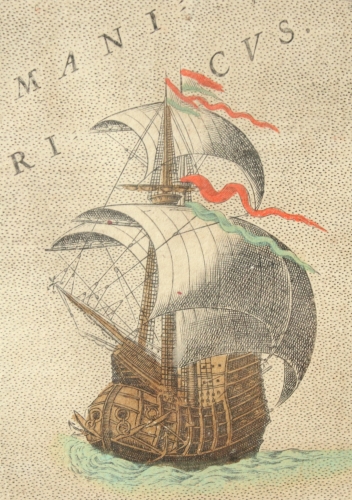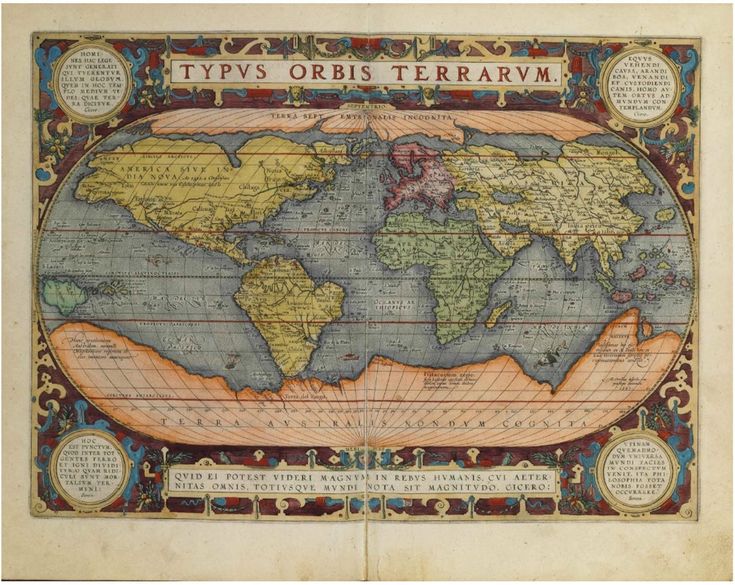

When did Abraham Ortelius publish his first Atlas?Ībraham Ortelius. Who was Abraham Ortelius and what did he do?įast Facts: Abraham Ortelius 1 Known For: Creator of the first modern atlas of the world 2 Born: Apin Antwerp, Belgium 3 Died: Jin Antwerp, Belgium 4 Education: Guild of Saint Luke, Antwerp, Belgium 5 Notable Work: Theatrum Orbis Terrarum (“Theatre of the World”) More He thought the force of Earth’s spin was sufficient to cause continents to move, but geologists knew that rocks are too strong for this to be true. The main reason that Wegener’s hypothesis was not accepted was because he suggested no mechanism for moving the continents. Why was the continental drift theory rejected? In 6th century BC, he drew a map of the then known world, assuming that the earth was cylindrical. The earliest Greek known to have made a map of the world was Anaximander. Who created the first map of the world? The Greeks are credited with putting map making on a sound mathematical footing. Suggested that the Americas were “torn away from Europe and Africa … by earthquakes and floods” and went on to say: “The vestiges of the rupture reveal themselves, if someone brings forward a map of the world and considers carefully the coasts of the three. What did Abraham Ortelius say ripped America away from Europe and Africa? Its name is derived from the Greek pangaia, meaning “all the Earth.” Pangea, also spelled Pangaea, in early geologic time, a supercontinent that incorporated almost all the landmasses on Earth. In the early 20th century, Wegener published a paper explaining his theory that the continental landmasses were “drifting” across the Earth, sometimes plowing through oceans and into each other. The theory of continental drift is most associated with the scientist Alfred Wegener.

Who first introduced the continental drift theory?

Wegener noticed that the coasts of South America and Africa seemed to fit together like a puzzle. The theory of continental drift simply stated that continents drifted from one location to another over time. The theory that explains this process is called plate tectonics. How did the continental drift hypothesis become the theory of plate tectonics? In the year 1596 cartographer Abraham Ortelius noted that the coastlines of Africa and South America appeared to fit together, compelling him to propose that the continents had once been joined but were pulled apart by “earthquakes and floods.” And yet, the theory of plate tectonics represents a fairly young science.Ībraham Ortelius, Flemish Abraham Ortels or Abraham Wortels, (born April 14, 1527, Antwerp -died July 4, 1598, Antwerp), Flemish cartographer and dealer in maps, books, and antiquities, who published the first modern atlas, Theatrum orbis terrarum (1570 “Theatre of the World”).


 0 kommentar(er)
0 kommentar(er)
